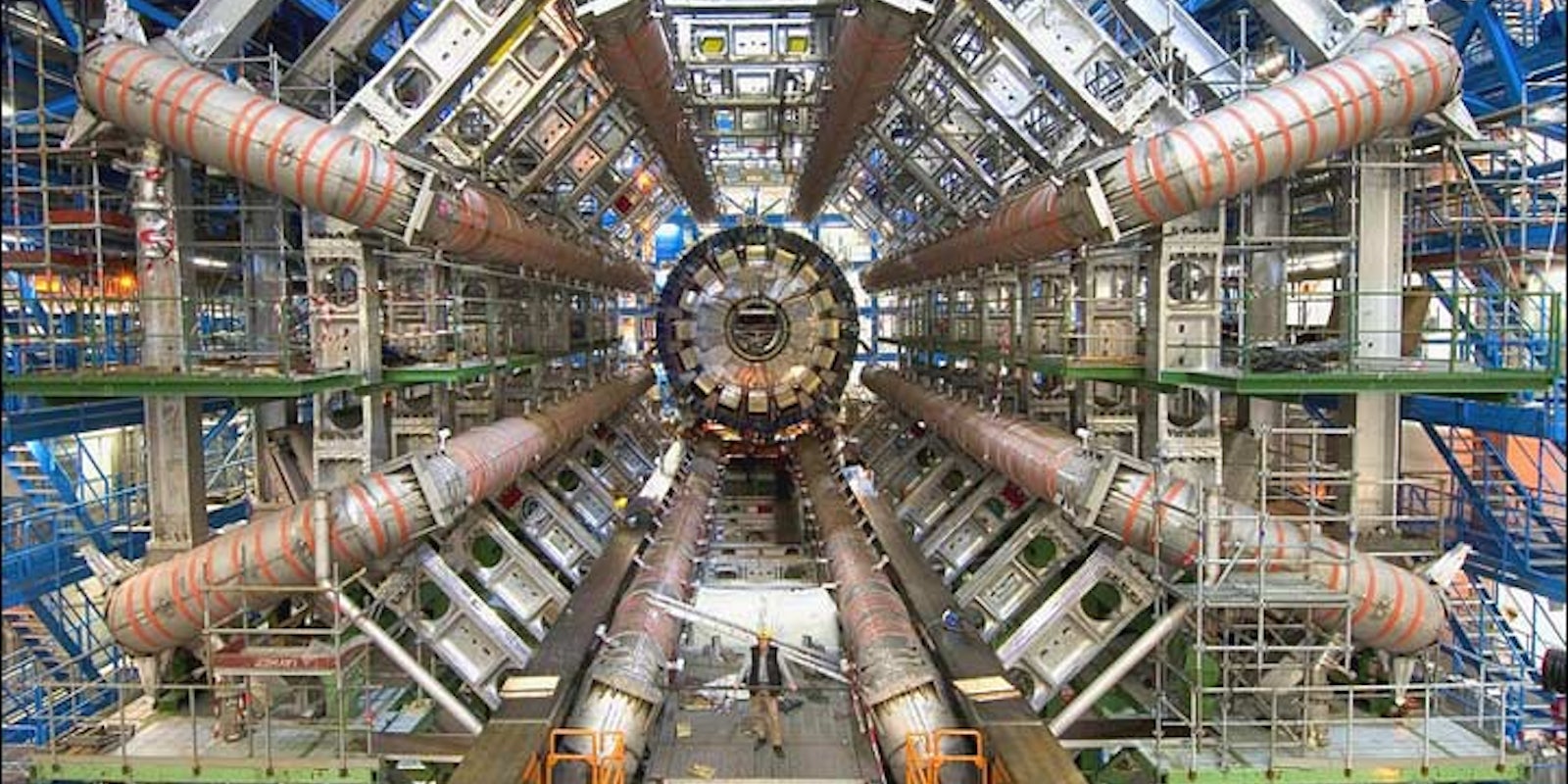Scientists using the Large Hadron Collider in Switzerland are slowly confirming what’s known as the “standard model” of physics, which aims to classify all the particles and forces at work in quantum physics (protons, neutrons, quarks, etc.).
This began with the confirmation of the Higgs boson in 2012 and, just recently, physicists working with the Large Hadron Collider confirmed a pattern of particle decay described by the standard model.
This would be great if the standard model didn’t leave so many mysteries. Right now, it doesn’t explain the lack of antimatter in the universe, or why the expansion of the universe is accelerating.
Oh and, by the way, if the standard model is correct, then it would mean the universe is inherently unstable and will eventually collapse in on itself in what’s known as the big crunch.
But given the discrepancies between what the standard model describes and what we actually observe in the universe, physicists are looking for any type of particle or particle decay that could potentially poke some holes in the model, the LA Times reported. That could lead scientists to a new understanding that could help make those many physics unknowns fall into place.
The LA Times goes into greater detail, but basically the researchers looked at the decay of two similar particles and found that one of them decayed at the same rate as the model predicted, and the other one decayed much, much faster. “Something to watch in the years to come,” the authors wrote in their open-access article in Nature.
Researchers will have to keep smashing particles together to confirm or deny those findings.
Screengrab via The Large Hadron Collider/ATLAS at CERN/Flickr (CC BY 2.0)
